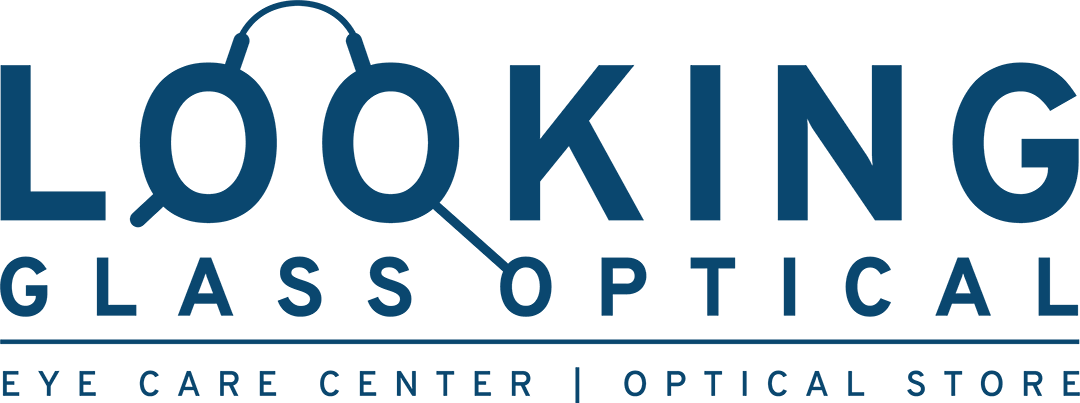When and How Your Nighttime Driving Ability Can Get Worse
We often hear jokes about nighttime driving and people’s inability to see well at night, and although the jokes are funny, we do need to take this seriously. Nighttime driving, for those of us with less than stellar eyesight, can be stressful and dangerous to ourselves and others. Therefore, we need to discuss when and how nighttime driving ability can get worse and how to solve this.
Recognizing Nighttime Driving Struggles
Driving at night vs. day driving can look very different. Lights at nighttime come from all directions – headlights, traffic lights, and streetlamps causing light glare on glass and shadows. Light will disturb your eyes, creating discomfort and lowering your ability to see in focus on other cars, roads, signs, lane lines, curves, etc.
Struggling, especially at night, may mean updating your prescription or indicates other common vision problems, including dry eye, cataracts, and diabetes.
As drivers at night, vision symptoms include blurry, dim, halo effects, clouded vision, and eye fatigue. Don’t ignore these symptoms; make an appointment with us, and rest assured that we will find an answer and explore solutions with you.
Nighttime Driving and Age
It is important to note that nighttime driving naturally declines as we age. The average decrease in vision is due to less light getting into our eyes as our pupils shrink with age, affecting our sight’s sharpness. As our retinas change, our rod cells (light receptors) decrease; these are responsible for low-light vision. As older adults, we must explore if driving at night is becoming difficult.
How Is It Diagnosed
Nighttime vision issues are diagnosed with a complete detailed eye exam. In addition, your eye doctor will ask you about your medical history and conduct many tests to identify signs of eye disease or vision conditions.
The nighttime vision standard test is the Pelli-Robson Contrast Sensitivity Chart, which uses a letter chart with letters in different shades of grey. The patient is directly in front of the chart, 40 inches away. The test measures how well you can tell the contrast between varying dark to light grey letters on white paper. The results will reveal normal contrast sensitivity, visual impairment, or a visual disability.
Nighttime Driving Woes, What Can We Do?
First, don’t assume you are not old enough to have night vision issues; it isn’t just an age issue. And there are many solutions, including eyewear and driving aids, nutrition, and rest.
1. See your optometrist; the optometrist may need to adjust your prescription or night driving glasses. It could be worth having lenses that eliminate glare and improve contrast, such as Essilor’s Road Pilot.
2. Continue to have your recommended eye tests at least once every two years or whatever your optometrist recommends.
3. Nutrition is essential; eating eye-healthy foods like carrots, sweet potatoes, spinach, fish, eggs, almonds, dairy, kale, and oranges supports eye health and reduces the development of eye conditions.
4. Remember you have a “night” setting on your rearview mirror. Using the lever on the mirror, you can still see car lights behind you, but they are much dimmer. Also, encourage your passengers to avoid using lights inside your vehicle; this can temporarily impair your night vision.
5. Wear sunglasses during the day. Glare from the sun can cause eye strain and impact your vision at night. In addition, prolonged exposure to sunlight puts you at significant risk for cataract development in your older age.
6. The most common reason for haloes and reflections is a dirty windshield, headlights, glasses, or contacts. Scratched or dirty glass can contribute to scattered light, resulting in halos. The simple answer is to clean your windshield, side view and rearview mirrors, and eyewear before driving at night.
We Are Here To Help
If you have recognized any symptoms making night driving more difficult, make an appointment and come in to see us! We can help determine the cause and work with you to improve your nighttime driving. We look forward to seeing you, and please bring any concerns and questions with you!
